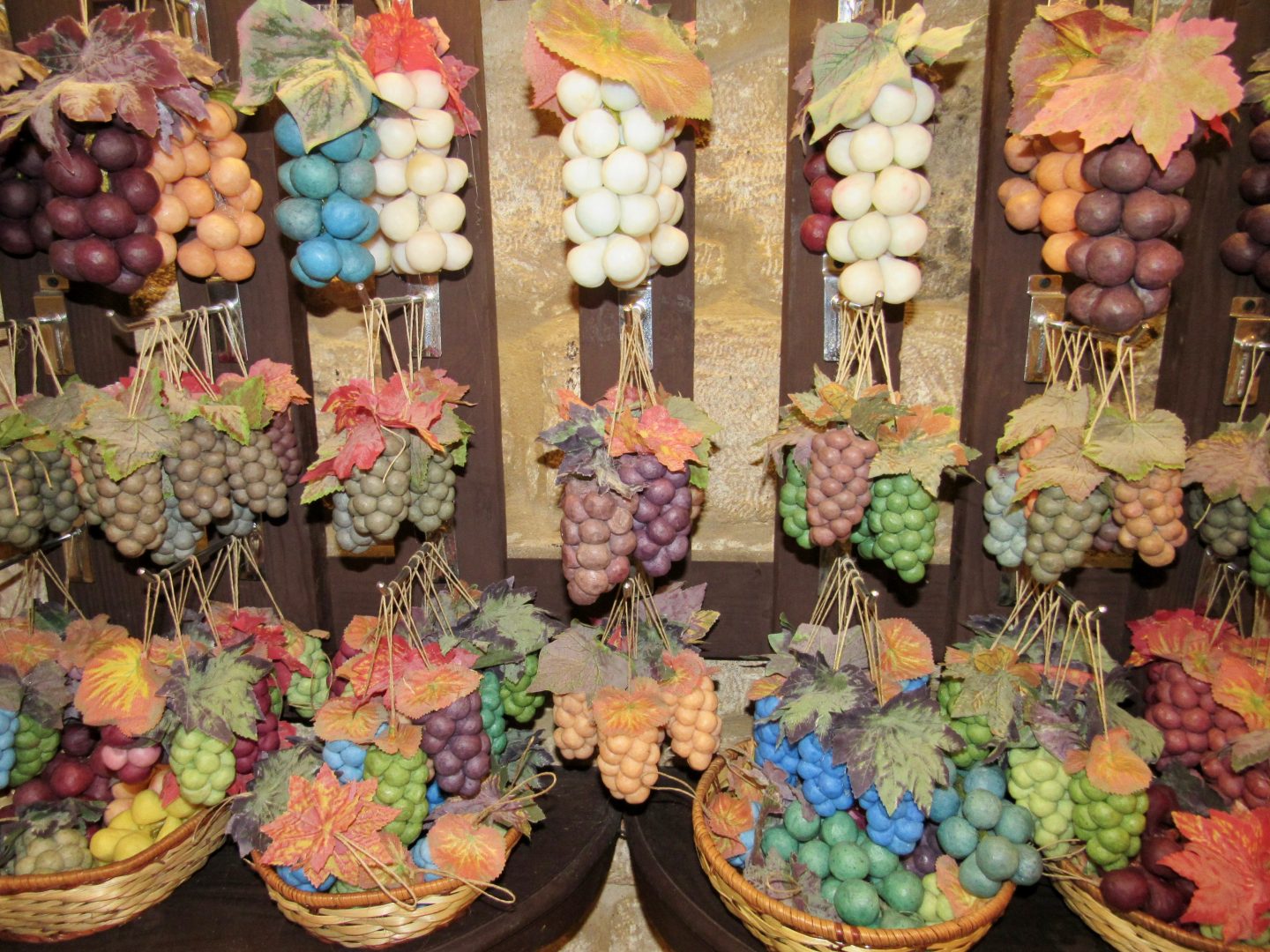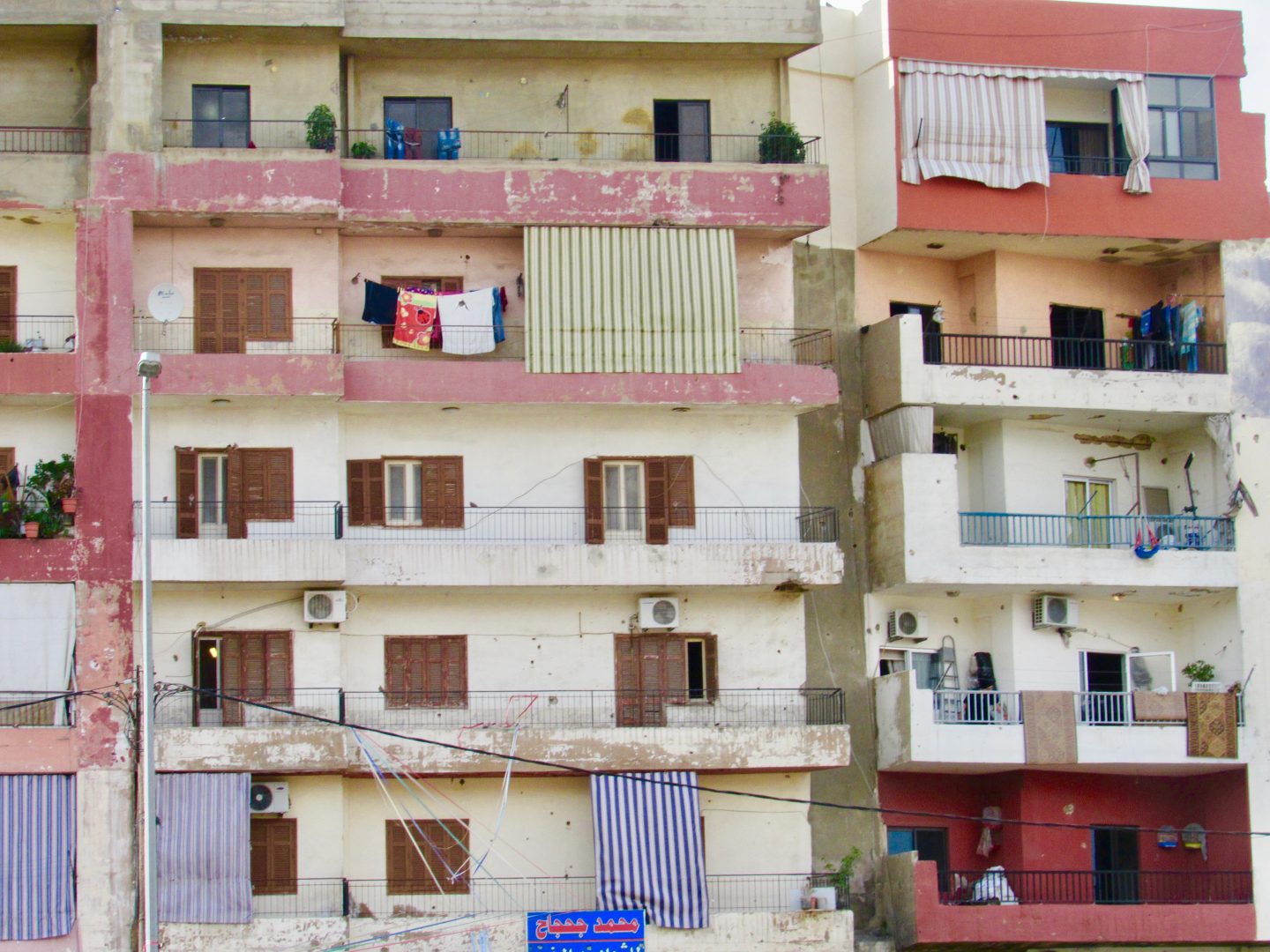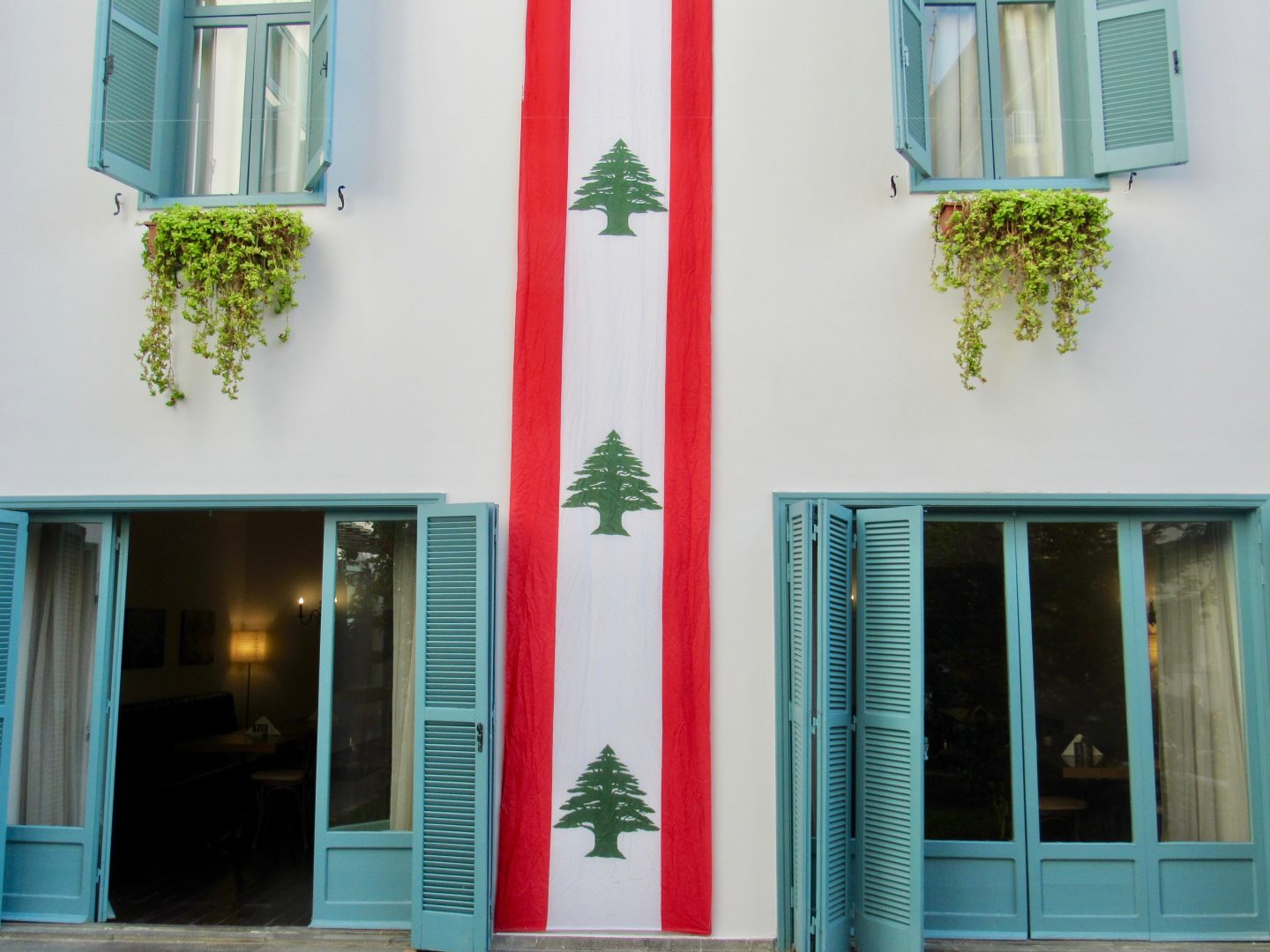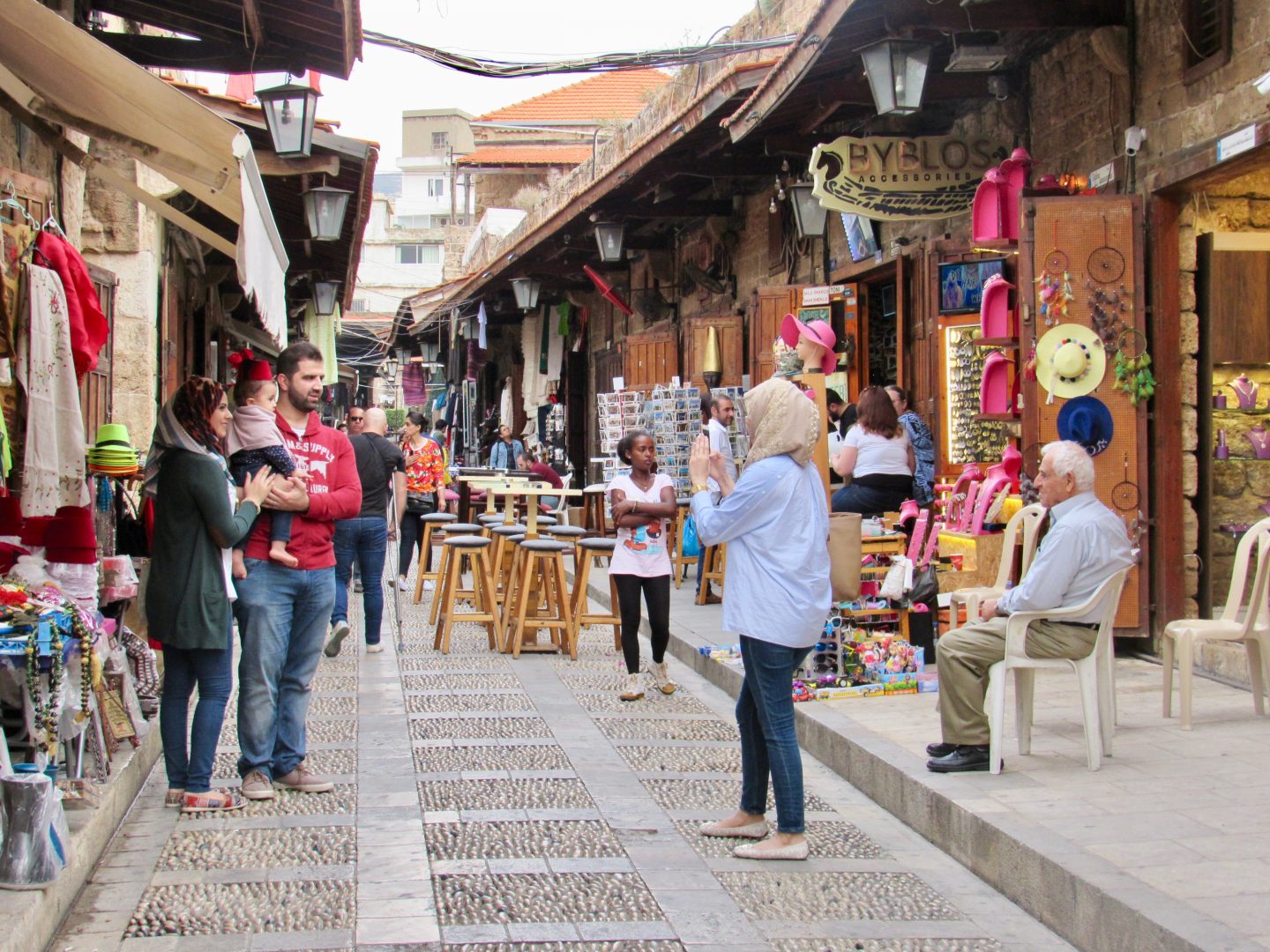Tripoli is a city where very few tourists go, probably because of its bloody past. You will find very little information on things to do if you go to Trip Advisor. This type of system works if people put sites and visit leaving reviews, but having a lack of tourists, there are not many of the must-sees. Luckily, my Via Mina hotel gave me a printed guide with the best things to do in this ancient city.
We had a car but because they drive very badly and there was little parking, we decided it was better to get a taxi to drop us off in the city center. Then we coordinated with him to pick us up again. Taxis in Lebanon are very cheap.
Although the city may seem dangerous because of its visible appearance of war and deterioration, we felt no danger. What’s more, people were very kind to us guiding us to different places, sometimes unable to communicate with us because they didn’t speak English or Spanish.
8 things you should do in Tripoli
The Tower of the Lions
The Tower of the Lions is near El Mina. It was designed by the Mamluks as a fortification to defend against foreign invasions. It was built at the end of the 15th century by Sultan Qait Bey to protect the coast from attacks by the Turks. Its name is due to the heads of lions that were carved at its entrance. It has no entrance fee and when we try to tip the caregiver, he did not accept it.
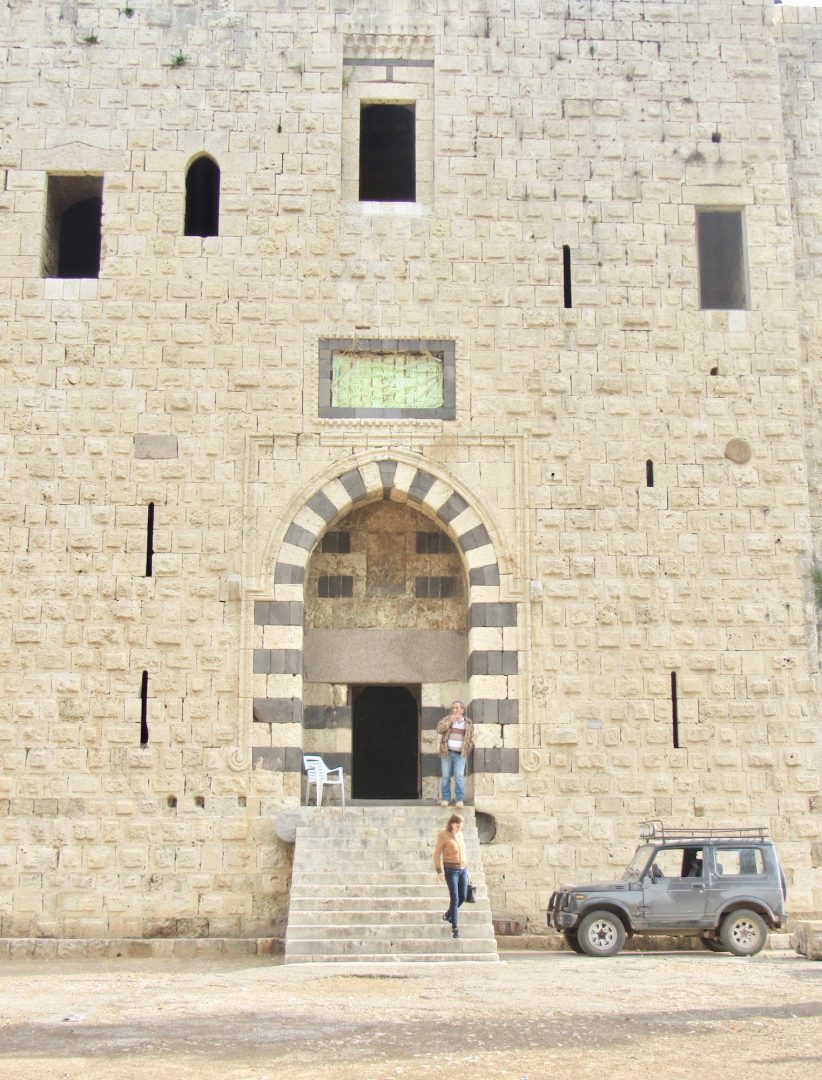
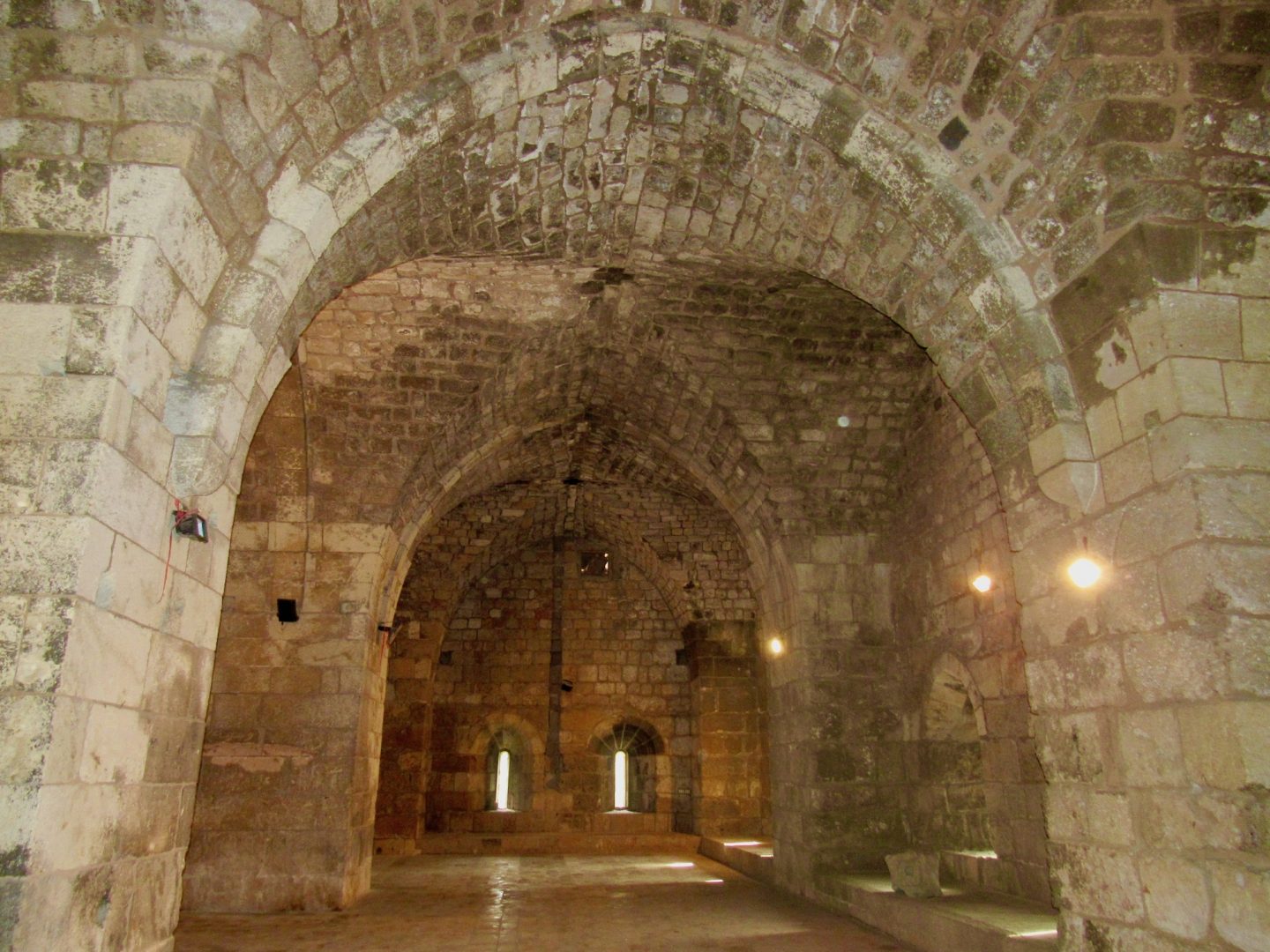
Clock Tower
This tower was a gift from the Ottoman Empire to the city of Tripoli in 1906 to commemorate the 30 years of Abdulhamid II. It is currently one of the most iconic monuments and marks the center of the city. Its location is the Al-Tell square and it measures 30 meters. It was restored in 1992 with funds provided by the Turkish consul of northern Lebanon and then in 2016 as a gift from the Prime Minister of Turkey.
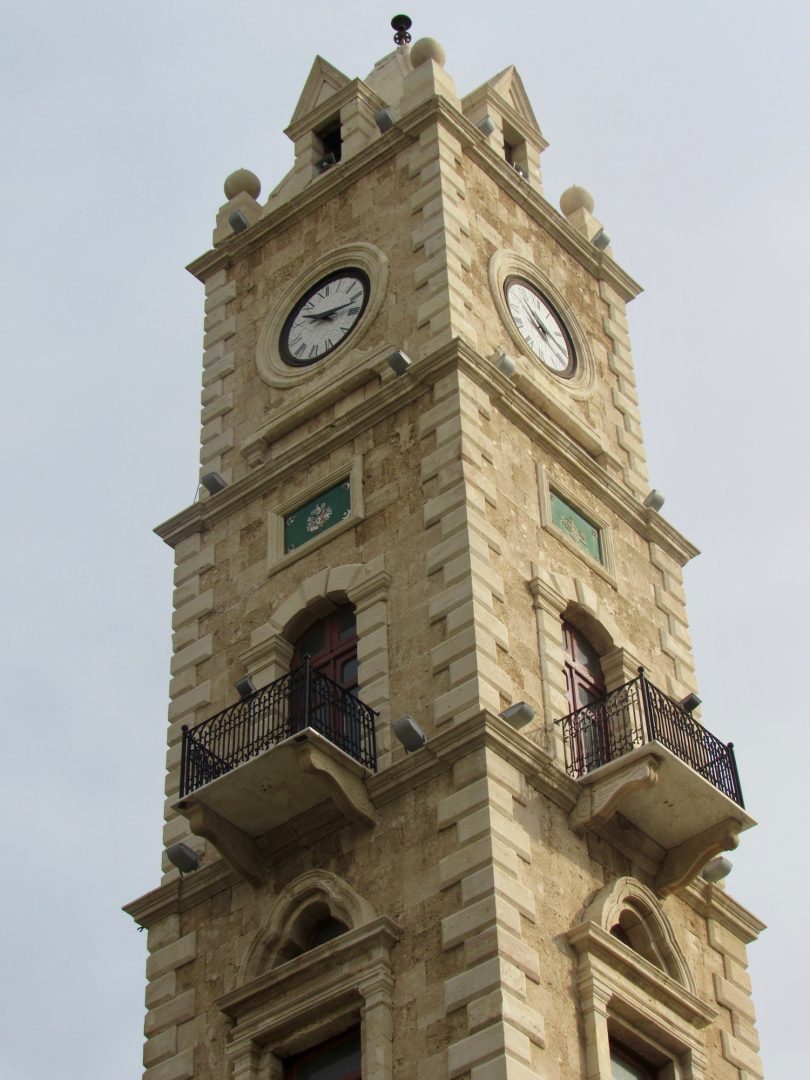
Ancient souks
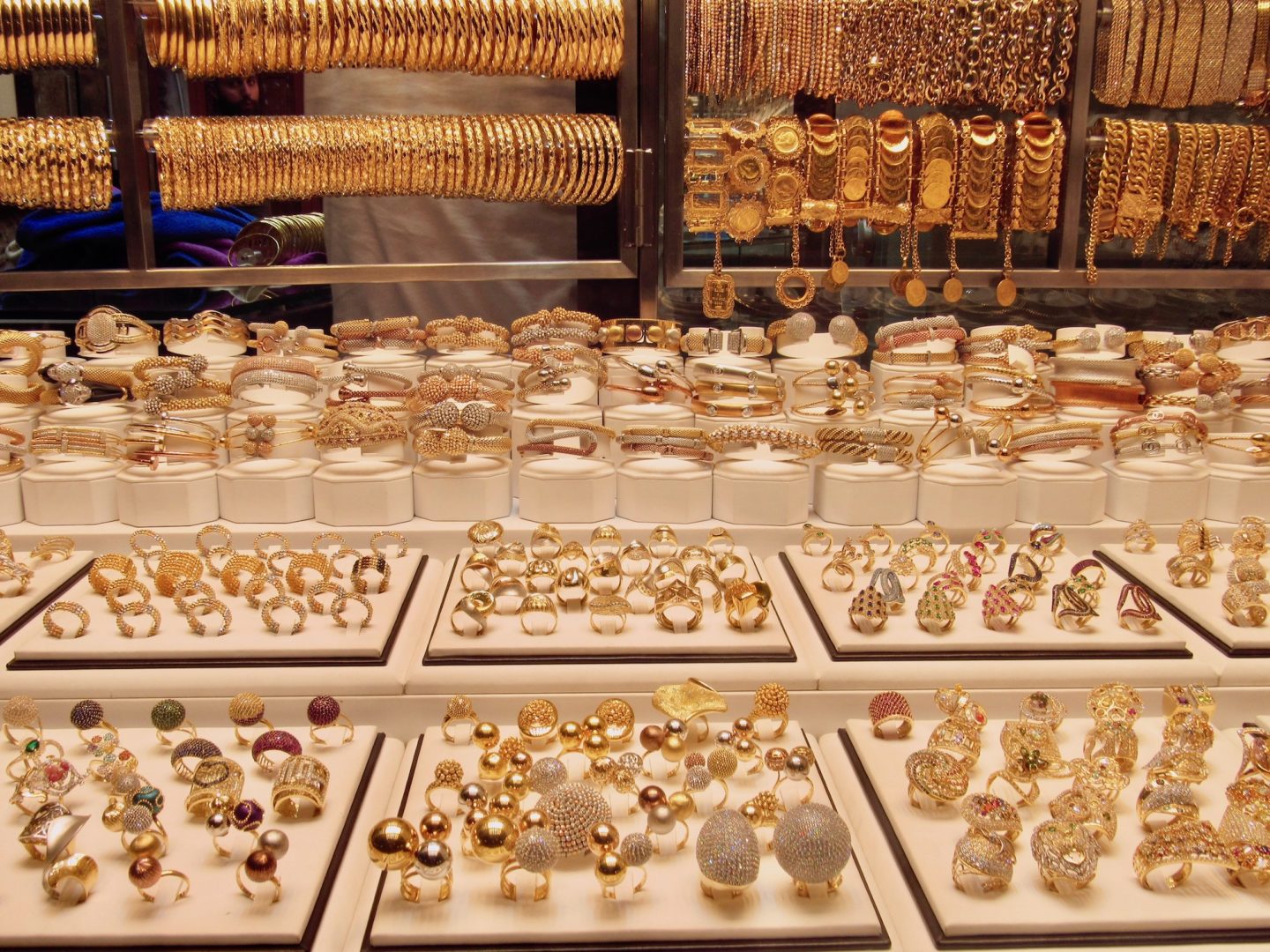


Hammams
The city built by the Mamluks included beautiful and splendid hammams. The first hammam built in 1333 was Al-Noura near the great mosque but unfortunately it is abandoned. The only one left operating is Hammam Al-Abed with its Ottoman domes with small holes of light. It only provides service for men.
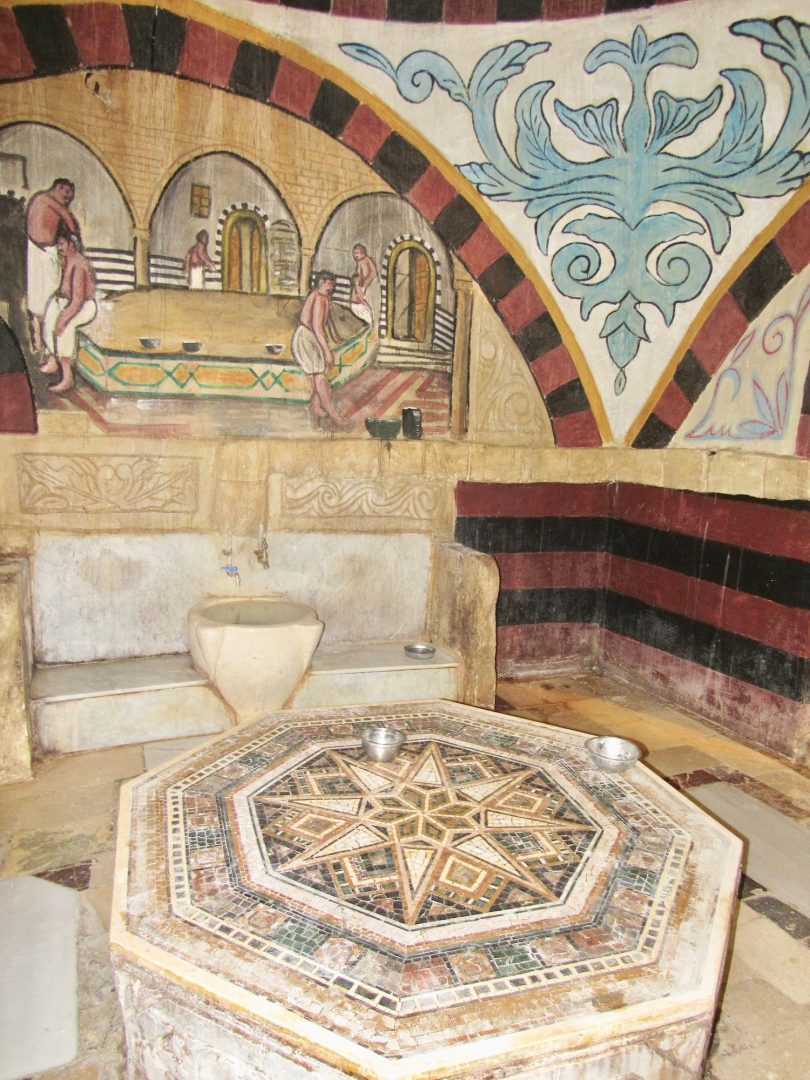
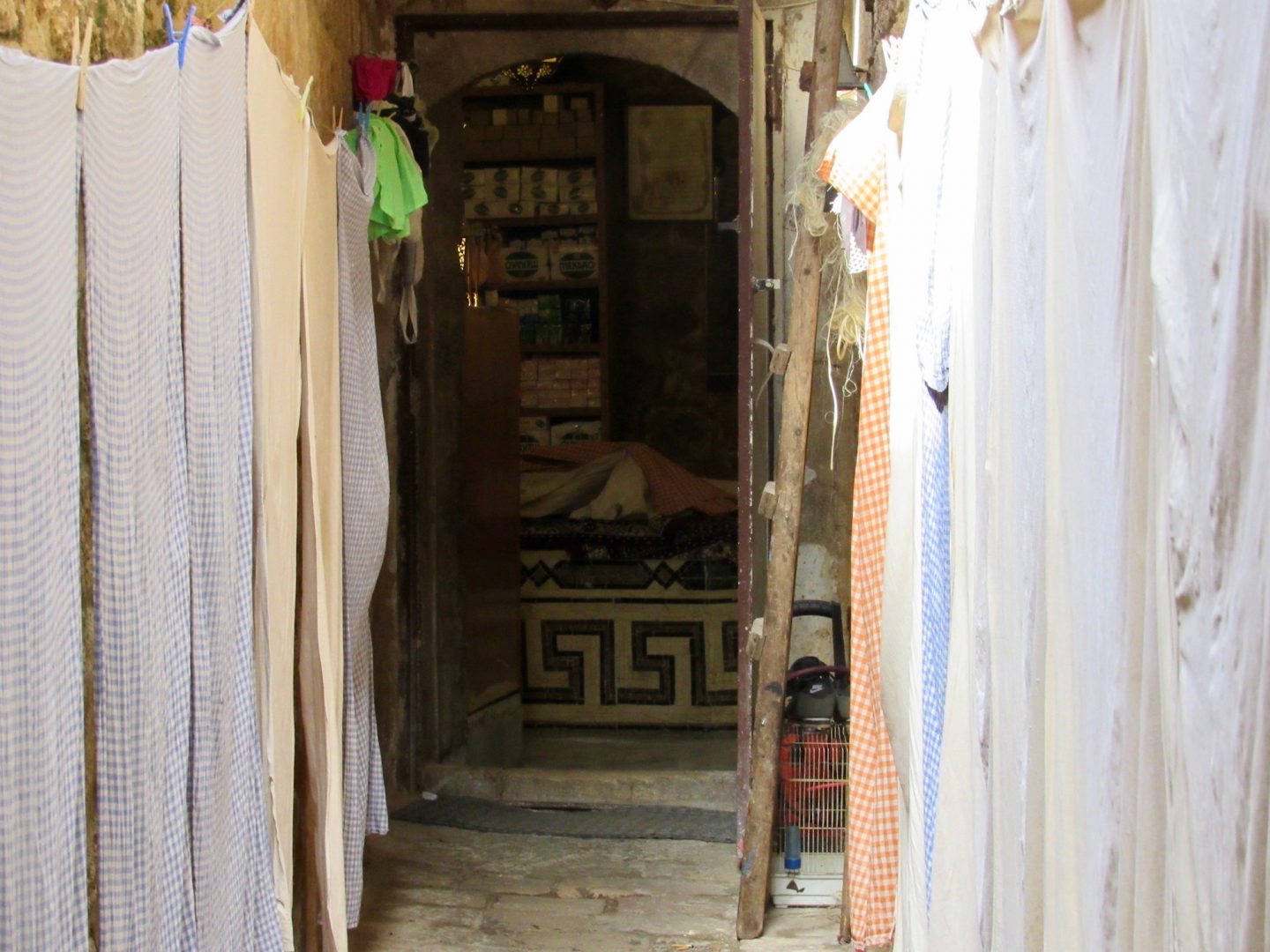
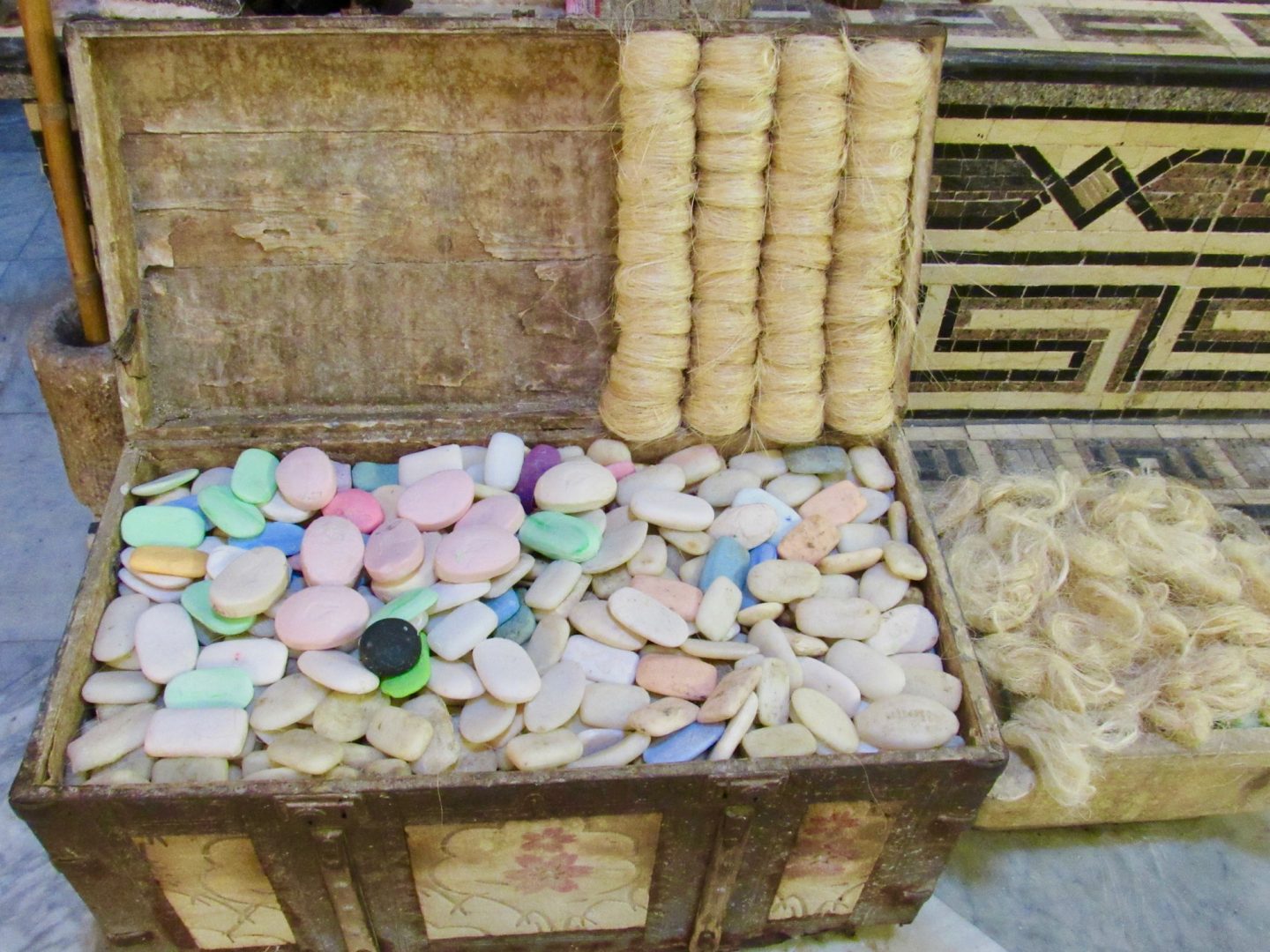

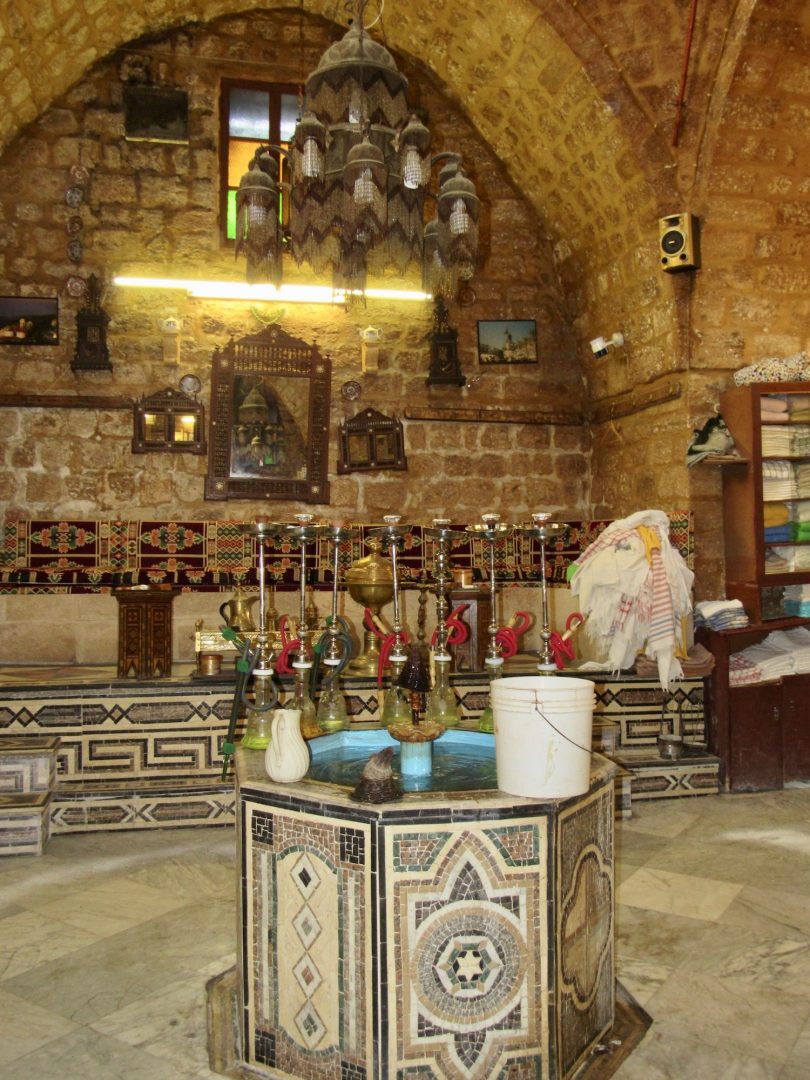
We also went to visit Hammam Ezzedine which is completely abandoned but you can appreciate its splendor from another era. You can ask a caregiver to let you in and give you a tip when you leave. It is difficult to find the entrance to the hammam, so it is better to ask in the souk.
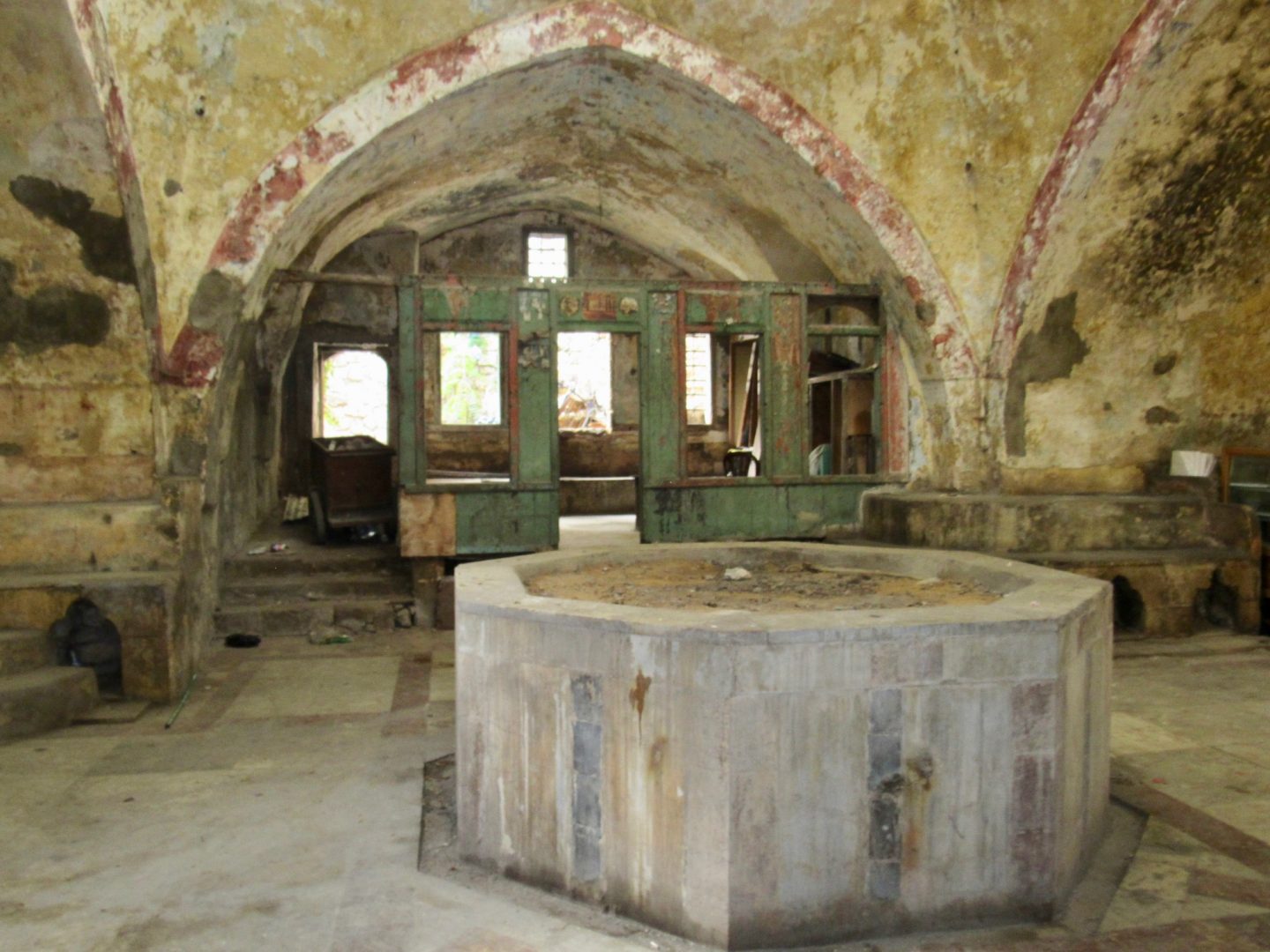
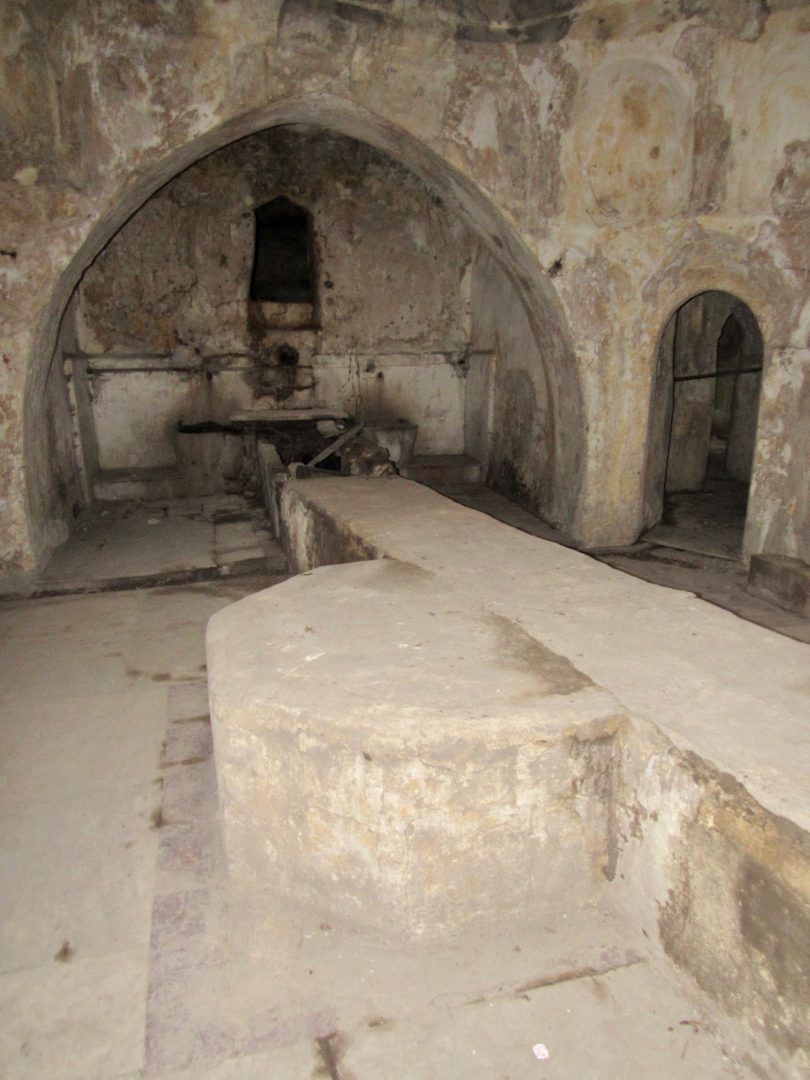


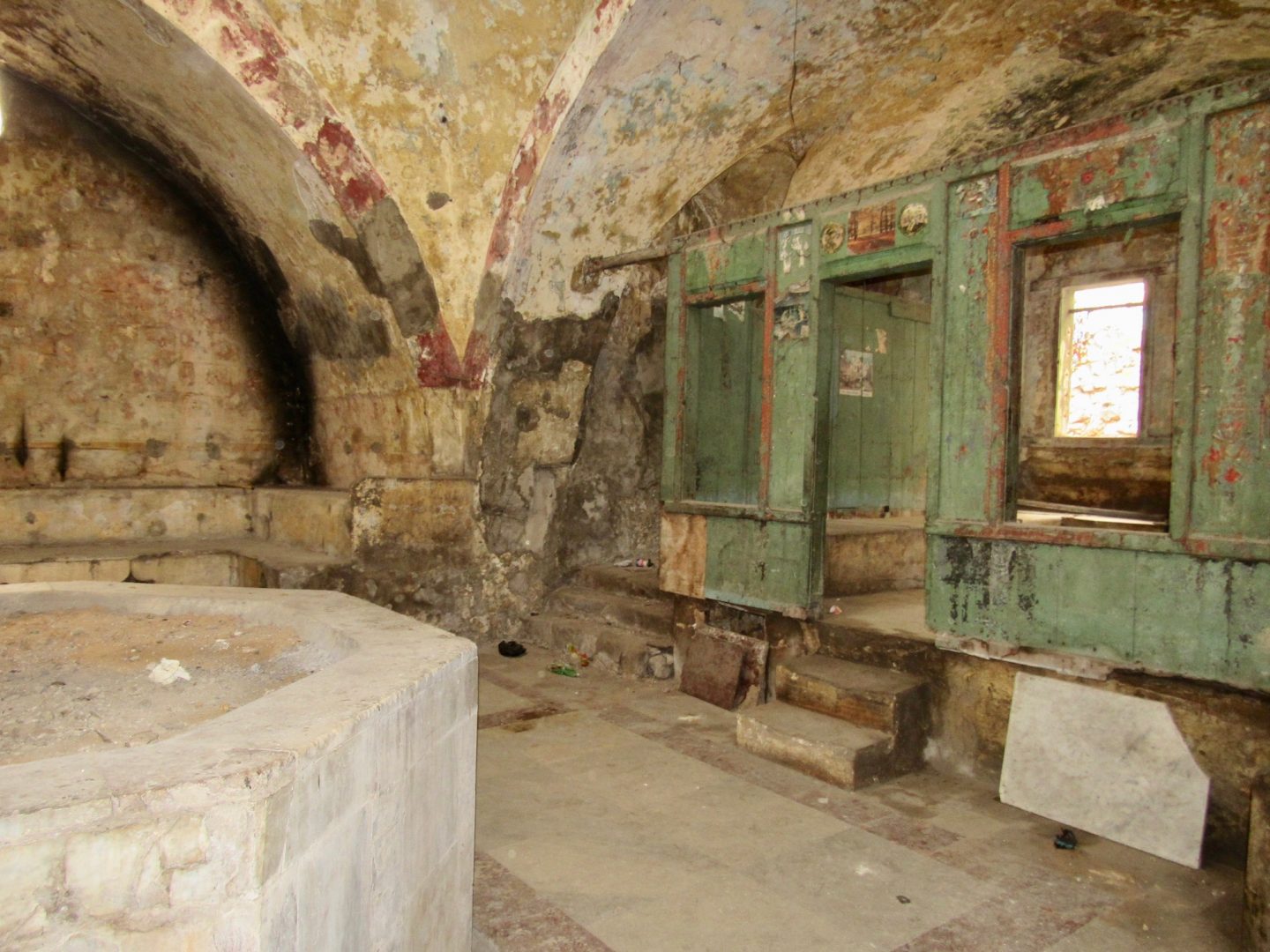
Raymond de Saint-Gilles Castle
Raymond de Saint-Gilles dominated the city in 1102 and commanded that a fortress be built. This original Crusader castle was burned in 1289 and was later built in 1308 by Esendernir Al-Kurji, governor of Tripoli. This Emir Mamluk made other works including a large market and public toilets. It was then rebuilt by the Ottoman Empire following orders from Suleiman the Magnificent.
The Tripoli Citadel includes an old hammam, three houses of prayer, a jail, a stable for horses, wells, cemeteries, towers 20 meters long and about 10 doors. Today it is used by Lebanese soldiers but is open to tourists. From the castle you can see the Abou Ali river and panoramic views of the city. Below used to have underground roads used by leaders to escape. While these roads have been closed or flooded by water for a long time, their existence adds to the mystery of this famous fortress.
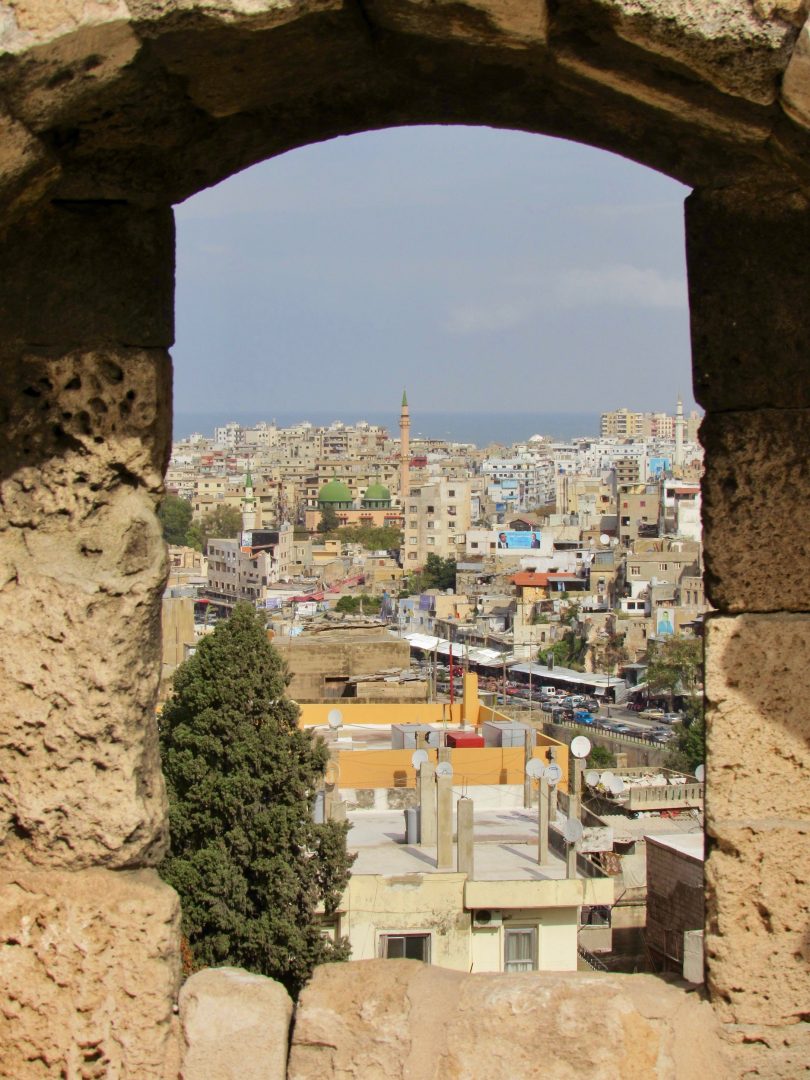



Port El-Mina and Corniche
If you visit in the summer you can go to the islets in front of El-Mina. “Rabbits Island” and “Palm Island” were declared natural reserves by UNESCO in 1992, as they are places where turtles and migratory birds frequent. In the sixties they discovered Roman and Crusader structures. You can walk along the 4.5-kilometer sidewalk facing the beach stopping at one of the restaurants that offer fresh seafood. Some people go fishing or sailing on the bay.
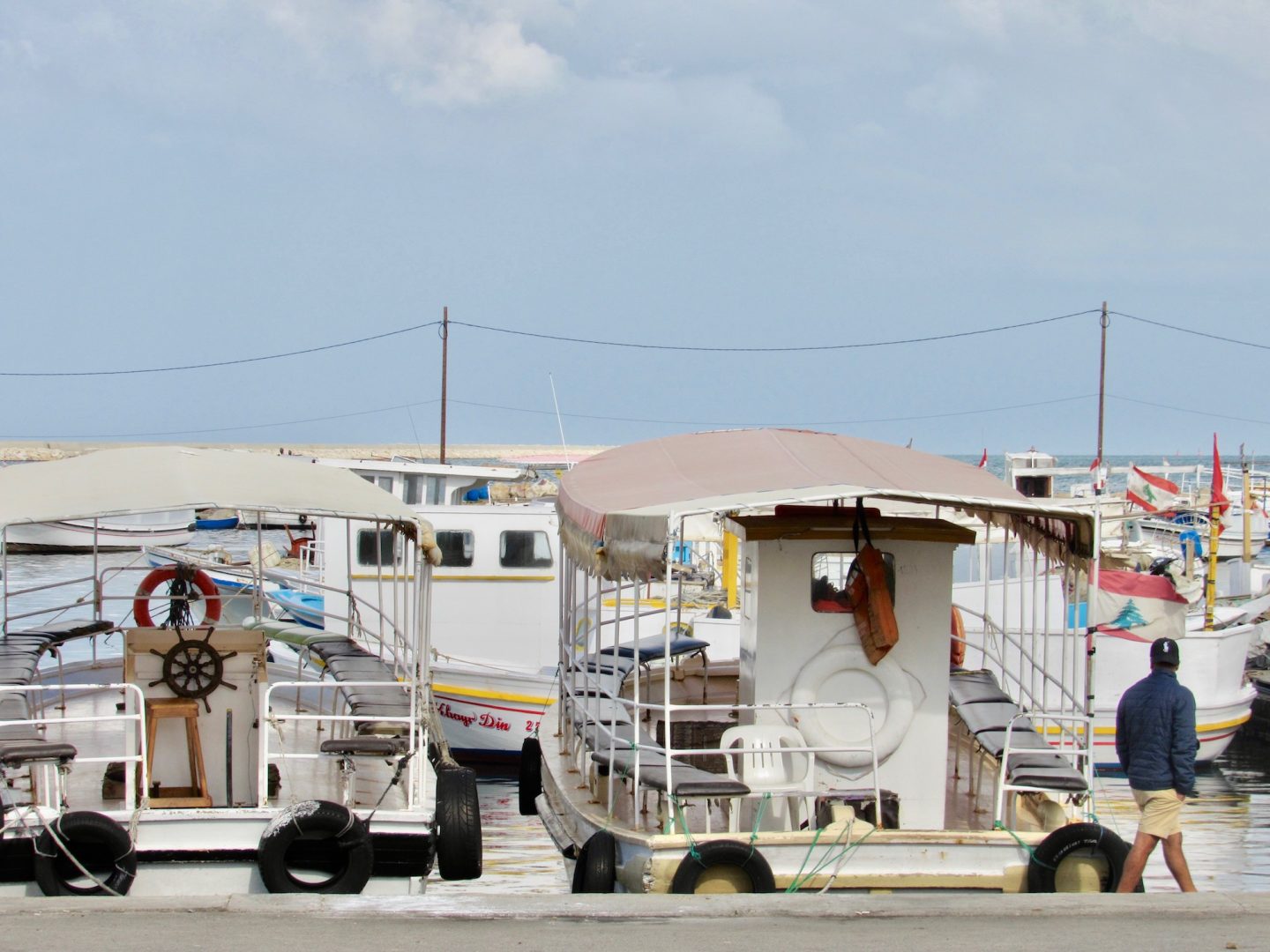
Soap makers
Near the souks is Khan Al-Saboun built at the beginning of the seventeenth century by Yusuf Al-Saifi, Pasha of Tripoli. This place built in the middle of the city originally served as barracks for the military troops of the Ottoman Empire. Thus they could control any insurrection. It was then used to make soap that was essential for the dozens of hammams that existed in the city. Soaps are made from olive oil and other organic ingredients. You can find the Bader Hassoun & Sons brand that has been making soaps since 1480.
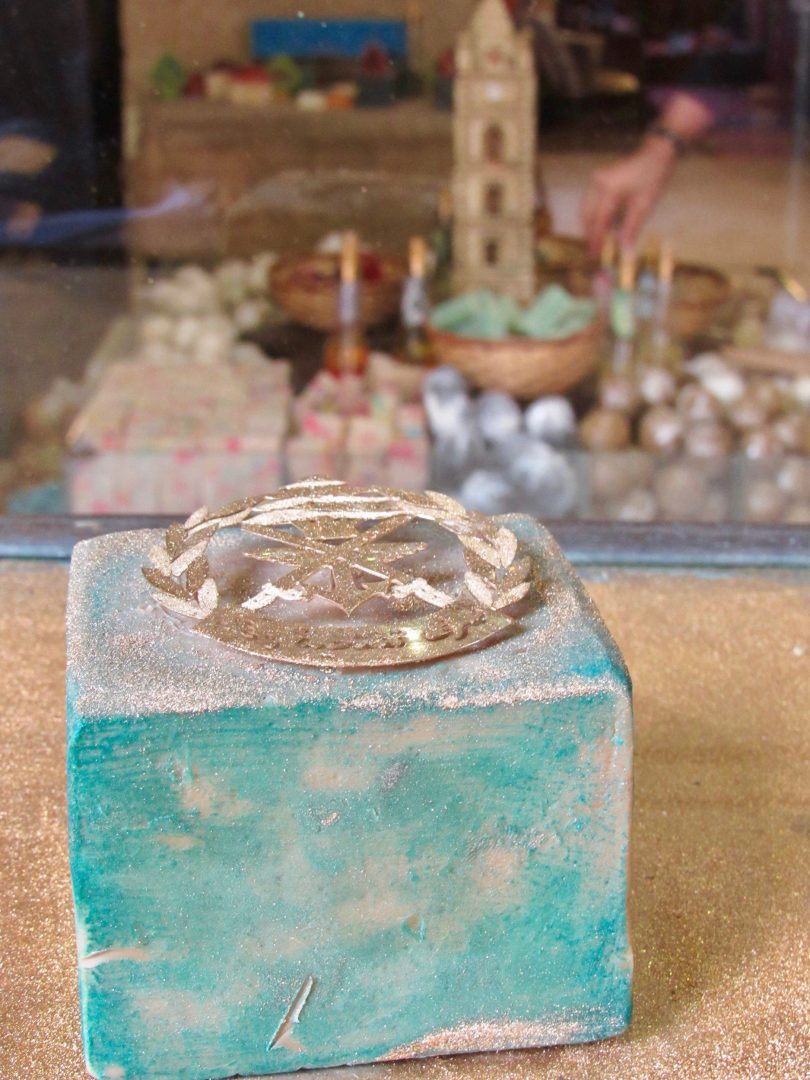

Food
Tripoli is famous for its pastry shops and desserts. Many people like to visit Qasr el Helou (Hallab). There are meals in street stalls everywhere. Ka’ak are sweets covered with sesame seeds sold in wagons. In El-Mina and Tal there are places that sell shawarma and falafel at very cheap prices. You can also try seafood in El-Mina as it is next to the port.
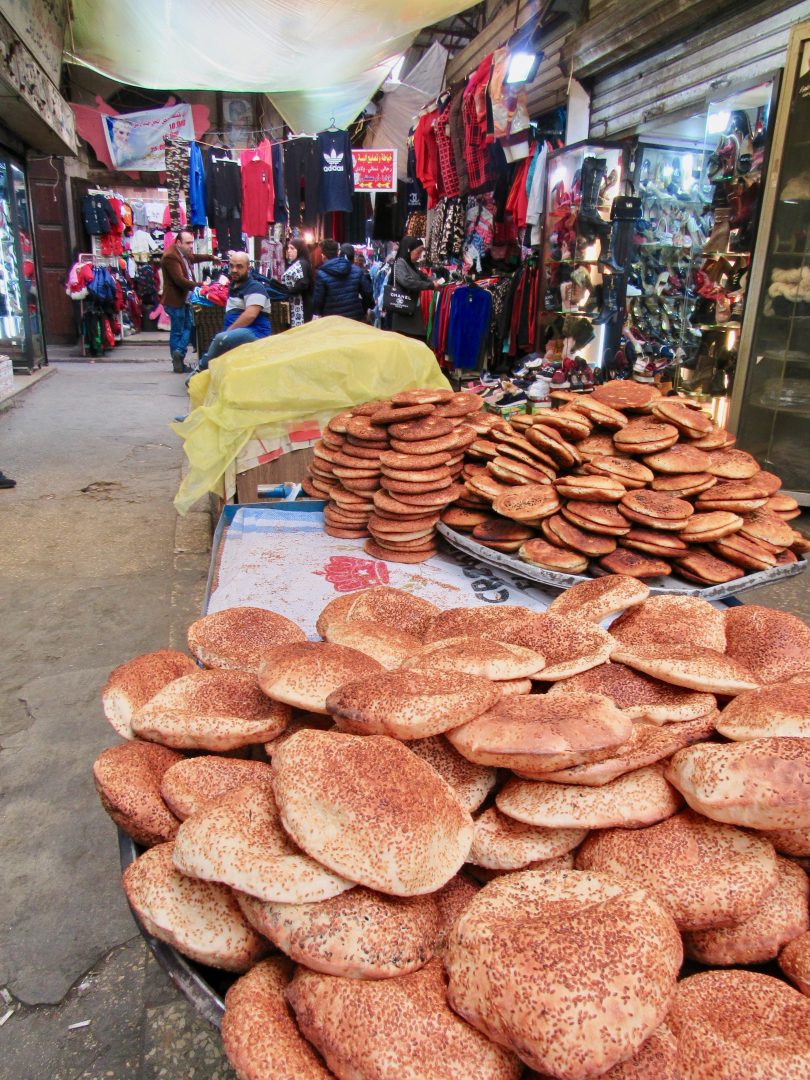
Other things to see include the old abandoned train station that is right next to the Tower of the Lions.
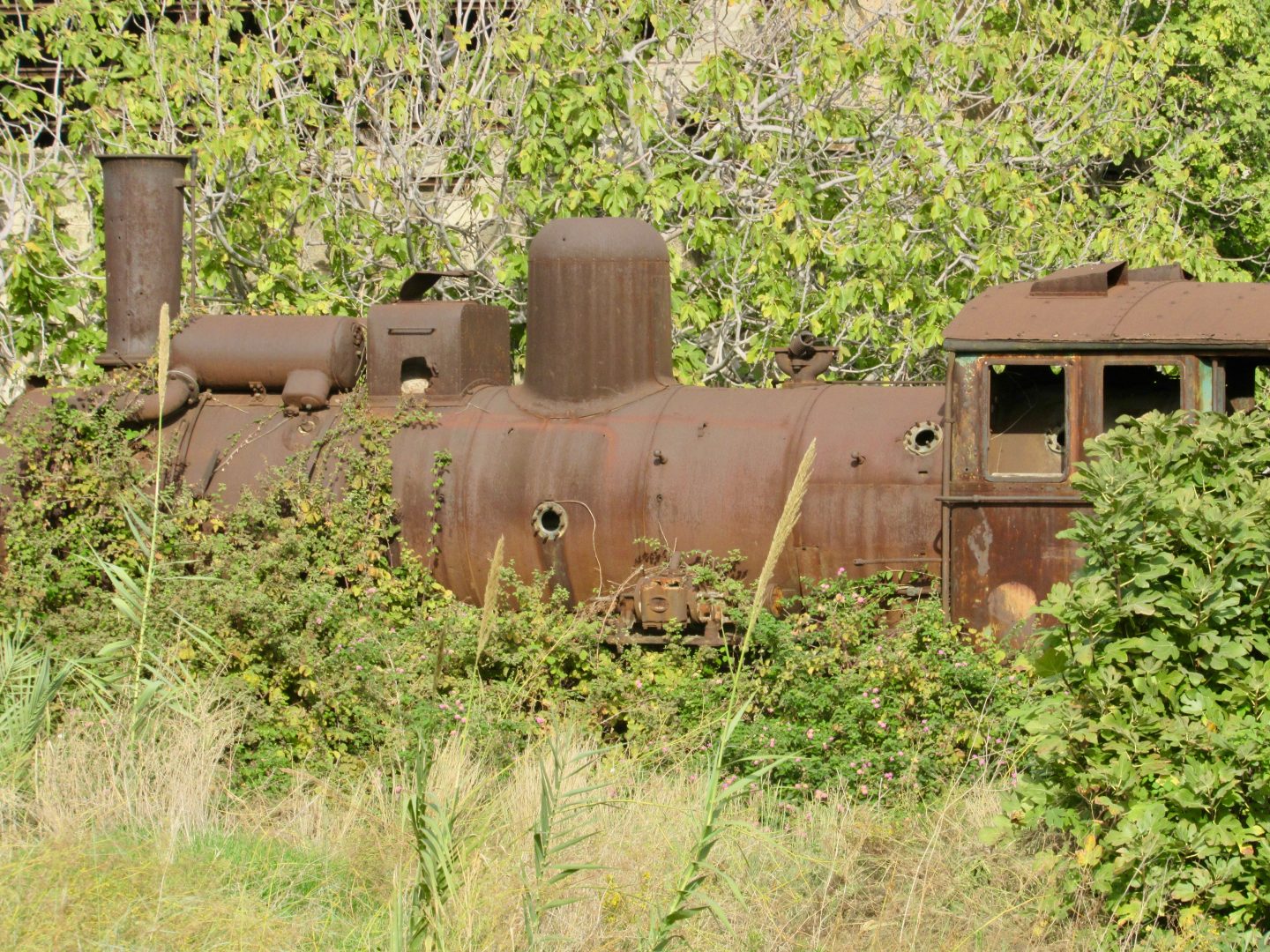
Tripoli is a city with religious diversity. The most visited churches are Evangelical Baptist Church of Saint Efram, Church of the Assyrian Orthodox, Orthodox Church of Saint Elias, Orthodox Cathedral of Saint Gregorios and Church of Saint Maron. You can also visit several mosques, including Al-Mansouri Al-Kabeer Mosque, Taynal Mosque, Al-Attareen Mosque and Al-Muallaq Mosque.
Go through the Abu George pottery workshop (Fakhourat Abu Georges) in El-Mina which is the only one that still makes its own clay.


